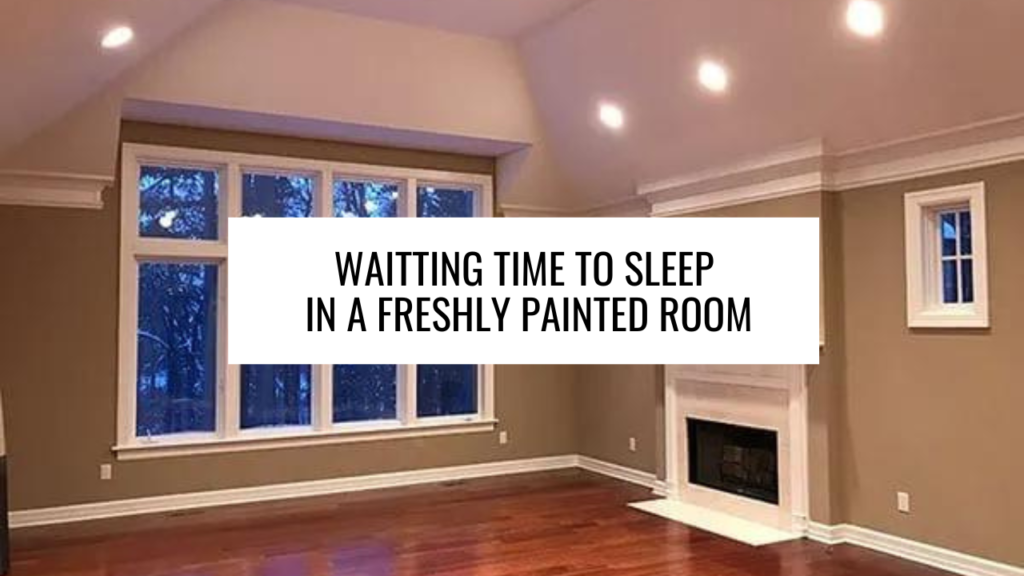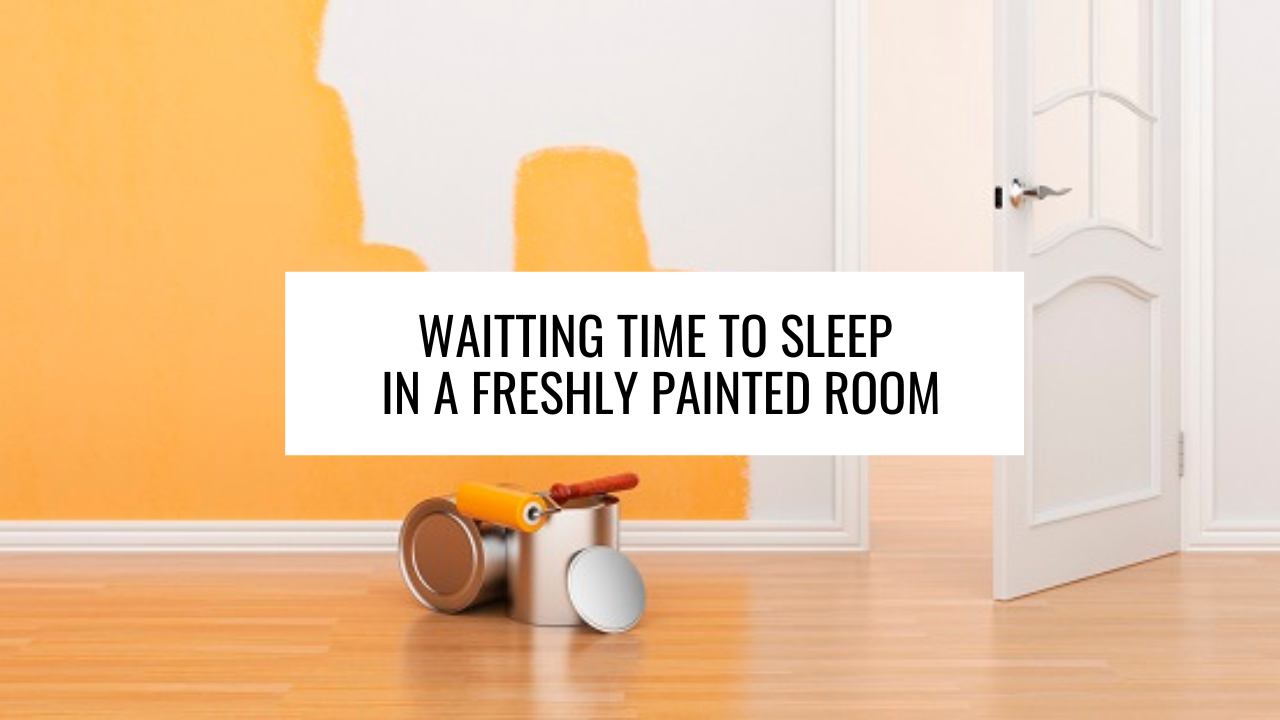Whether you’re giving your living space a makeover or sprucing up a new home, painting is an effective way to transform its appearance. However, one question that often arises is how long you should wait before sleeping in a freshly painted room. While the allure of enjoying your newly painted space is strong, there are some important considerations to ensure your health and comfort. Let’s explore, How Long Should You Wait to Sleep in a Freshly Painted Room?
The Importance of Proper Ventilation:
Freshly painted rooms can emit volatile organic compounds (VOCs) and other chemicals from the paint fumes. These emissions can contribute to indoor air pollution and may cause health concerns, especially if you have respiratory issues or sensitivities. Proper ventilation is crucial to dissipate these fumes and promote better indoor air quality.
Drying Time for Different Types of Paint:
The drying time for paint depends on several factors, including the type of paint, the number of coats applied, the humidity, and the temperature in the room. Here’s a general guideline for different types of paint:
- Water-Based Paints (Latex): Water-based paints are known for their quick drying time. You can usually sleep in a room painted with water-based paint after about 2-4 hours of applying the final coat. However, it’s still a good idea to keep the room well-ventilated during this time.
- Oil-Based Paints: Oil-based paints take longer to dry due to their composition. It’s recommended to wait at least 24 hours before spending extended periods in a room painted with oil-based paint. Some sources suggest waiting up to 48 hours to ensure that the fumes have dissipated.
- Low-VOC and Zero-VOC Paints: These environmentally friendly options release fewer harmful chemicals and typically have milder odors. You may be able to sleep in a room painted with low-VOC or zero-VOC paint sooner than with traditional paints, but it’s still a good idea to follow the manufacturer’s recommendations.
Tips for a Safer and More Comfortable Experience:
- Choose Low-VOC Paints: If you’re concerned about paint fumes and their potential health effects, consider opting for low-VOC or zero-VOC paints. These options release fewer harmful chemicals into the air.
- Paint in Good Weather: Humidity and temperature can significantly affect drying time. Painting during dry and warm weather conditions can help paint dry faster and more evenly.
- Keep the Room Well-Ventilated: Open windows and use fans to facilitate air circulation. This will help expedite the drying process and reduce the concentration of fumes in the room.
- Use Air Purifiers: Air purifiers with activated carbon filters can help absorb and neutralize paint fumes, improving indoor air quality.
- Wait for the Right Time: If possible, plan your painting project so that you can sleep in another room while the freshly painted room dries and airs out. This can ensure your comfort and safety.
Conclusion: How Long Should You Wait to Sleep in a Freshly Painted Room?
The waiting time to sleep in a freshly painted room varies depending on the type of paint you’ve used. While water-based paints generally have shorter drying times, oil-based paints require more patience. Prioritizing proper ventilation, opting for low-VOC or zero-VOC paints, and following the manufacturer’s recommendations will contribute to a healthier and more comfortable indoor environment. Always remember that taking the time to allow the paint to dry and the fumes to dissipate will lead to a more enjoyable and safe experience in your newly painted space. For help refer to professional painters such as Sarson Painting.


